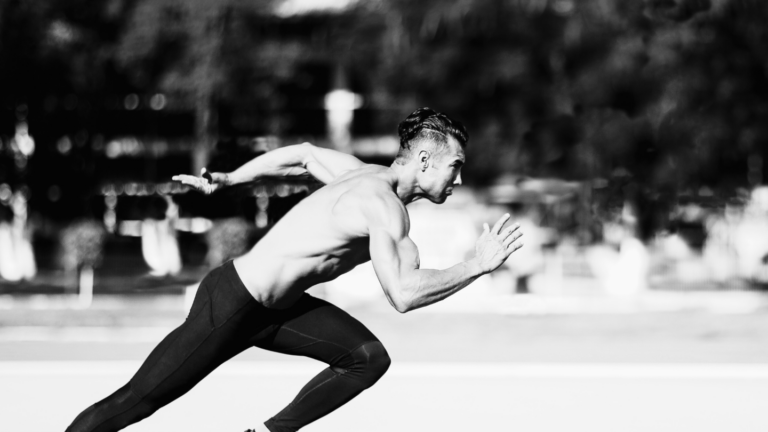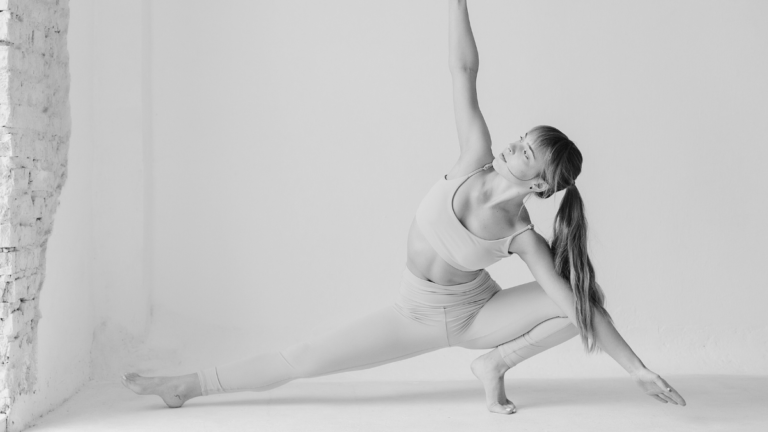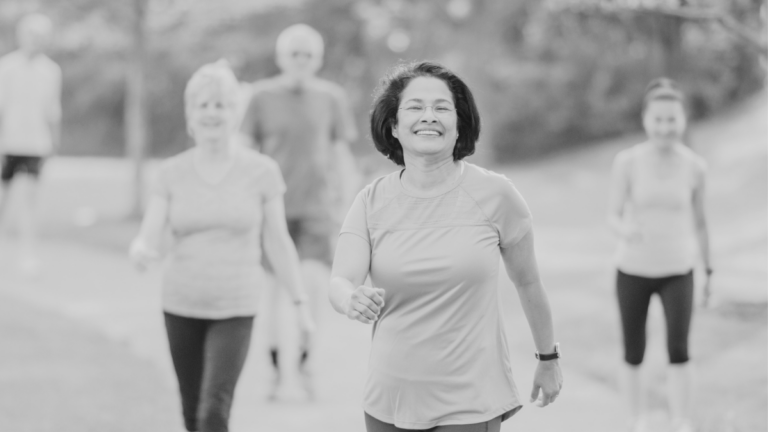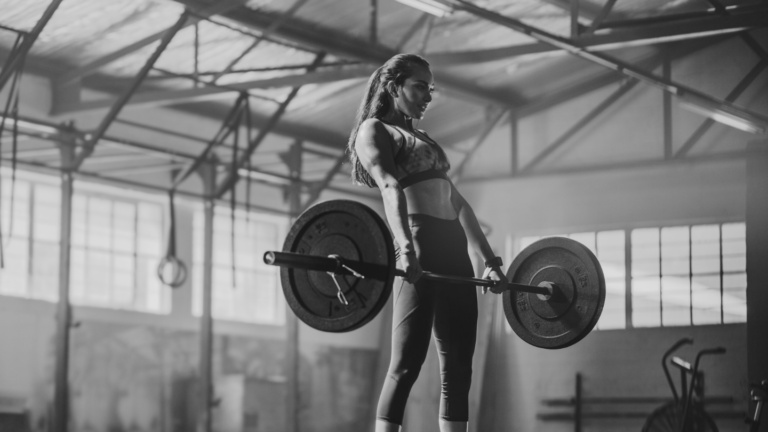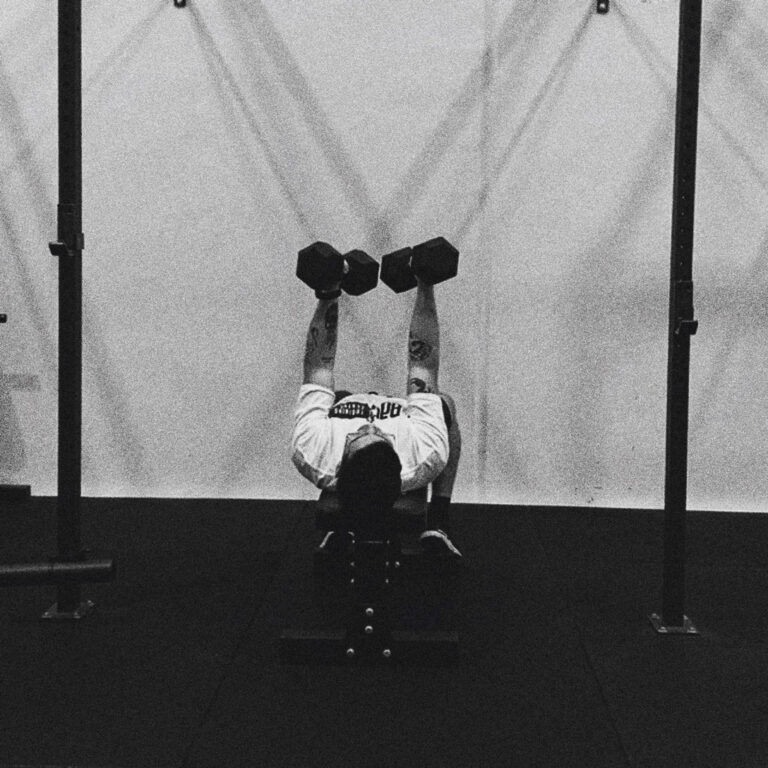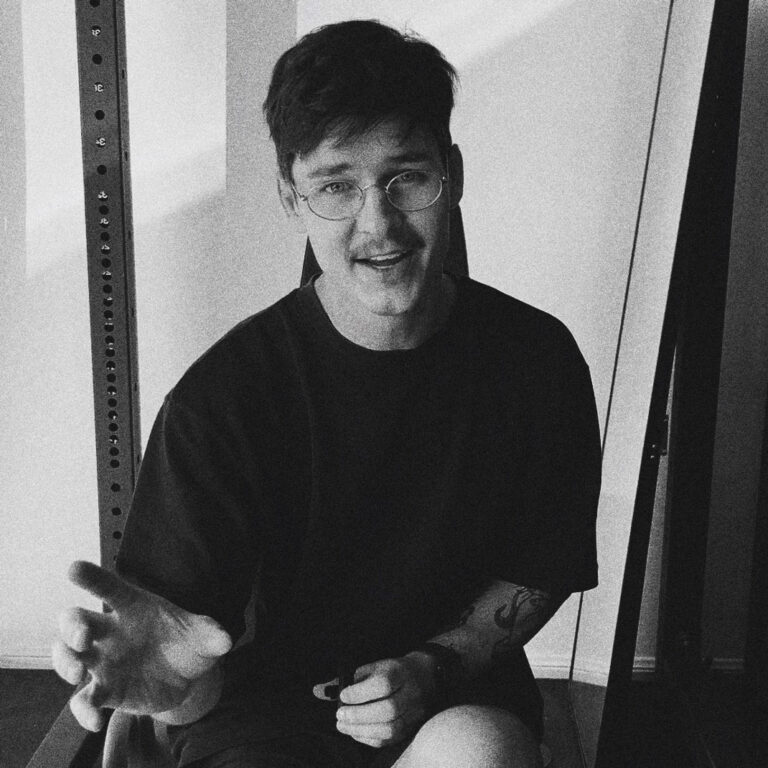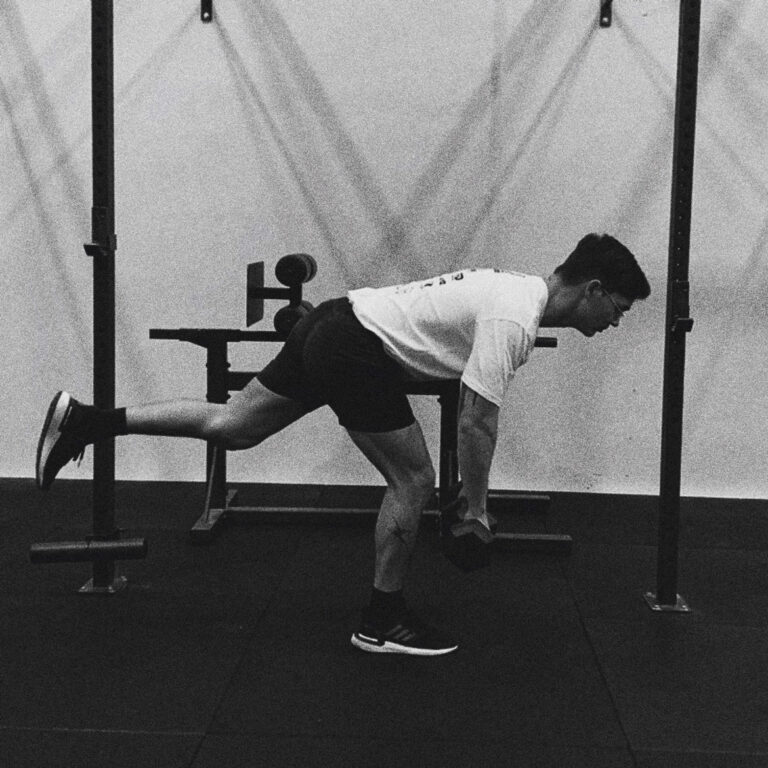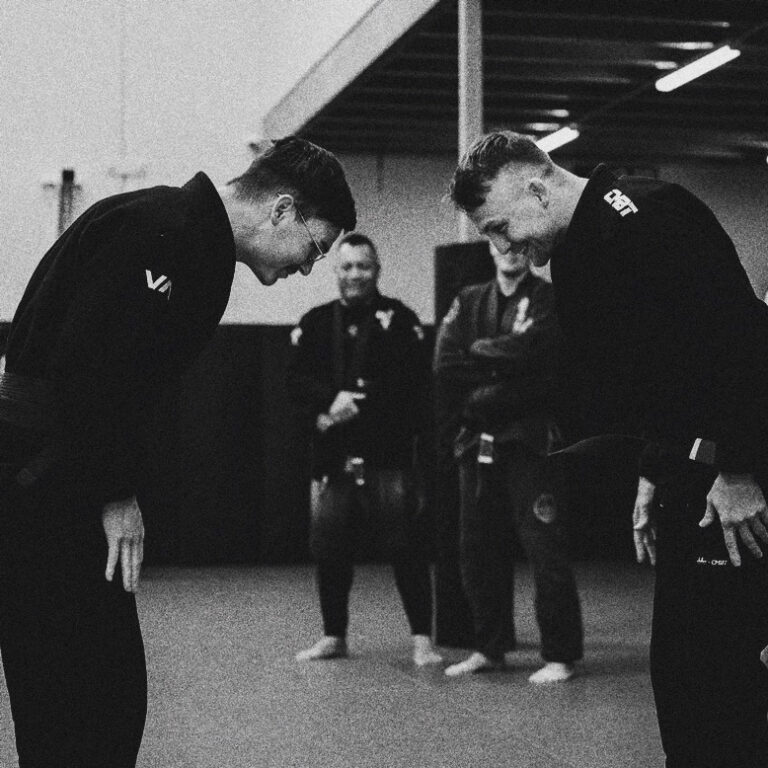Musculoskeletal Injuries & Pain
what we treat
These are the most common musculoskeletal injuries and are caused by stretching or tearing a muscle or ligament. A sprain involves a ligament, while a strain involves a muscle or tendon.
– Ankle sprains: Very common, often from twisting the ankle.
– Hamstring strains: A frequent sports injury, often a “pulled muscle” in the back of the thigh.
– Back strains: Lumbar (lower back) strains are a leading cause of back pain, usually from lifting or twisting.
– Wrist sprains: Often occur after falling on an outstretched hand.
Lower back pain is a very broad category, and the cause can range from simple muscle strain to more complex issues.
– Lumbar muscle strains and sprains: The most common cause of acute lower back pain, often from lifting something too heavy or improper form.
– Herniated disc: A disc in the spine bulges out and can press on a nerve, causing pain, numbness, and tingling.
– Sciatica: This is a symptom, not a diagnosis, of pain that radiates down the leg from the lower back due to a compressed sciatic nerve.
– Spinal stenosis: A narrowing of the spinal canal that puts pressure on the nerves.
The hip and knee are large weight-bearing joints, making them susceptible to a variety of injuries and conditions.
– ACL tear: A tear of the anterior cruciate ligament in the knee, common in sports that involve sudden stops and changes in direction.
– Meniscus tear: A tear in the cartilage that acts as a shock absorber in the knee, often from a twisting motion.f
– Hip labral tear: A tear in the cartilage ring that lines the hip socket.
Many headaches can originate from problems in the neck due to the complex network of nerves and muscles in the area.
– Whiplash: An injury to the neck caused by a sudden, forceful back-and-forth movement, often from a car accident.
– Cervicogenic headaches: Headaches that are caused by a problem in the neck, such as a pinched nerve or joint dysfunction.
– Muscle tension: Chronic tension in the neck muscles from poor posture, stress, or repetitive movement.
– Herniated cervical disc: A bulging disc in the neck that can press on nerves, causing pain in the neck, shoulders, and arms.
The shoulder is the most mobile joint in the body, which also makes it prone to instability and injury.
– Rotator cuff tears: The rotator cuff is a group of muscles and tendons that stabilize the shoulder. A tear can be caused by a single injury or repetitive use.
– Shoulder impingement: Occurs when the tendons of the rotator cuff are pinched or compressed as they pass through the shoulder joint.
– Dislocation/subluxation: The head of the humerus (upper arm bone) slips out of the shoulder socket.
– Frozen shoulder (adhesive capsulitis): A condition that causes pain and a significant loss of motion in the shoulder.
The ankle is a common site for injuries, particularly in sports and activities that involve running or jumping.
– Ankle sprains: The most common ankle injury, caused by stretching or tearing ligaments, usually on the outside of the ankle.
– Fractures: A break in one of the bones of the ankle, often mistaken for a severe sprain.
– Achilles tendinopathy: Inflammation or degeneration of the Achilles tendon, the large tendon in the back of the ankle
– Peroneal tendon injuries: Damage to the tendons on the outside of the ankle, often caused by overuse or an ankle sprain.
These are injuries that occur at work, often due to repetitive tasks, improper lifting, or accidents.
– Repetitive strain injuries (RSIs): Also known as cumulative trauma disorders. They are caused by repetitive movements. Examples include:
– Carpal Tunnel Syndrome: Compression of a nerve in the wrist from repetitive hand movements.
– Tennis elbow (lateral epicondylalgia): Pain on the outside of the elbow from repetitive gripping or twisting.
– Sprains and strains: The most common work-related injuries, often to the lower back from lifting or to the neck and shoulders from prolonged computer use.
– Falls, slips, and trips: Can lead to a variety of injuries, including fractures, sprains, and head injuries.
1
Assess
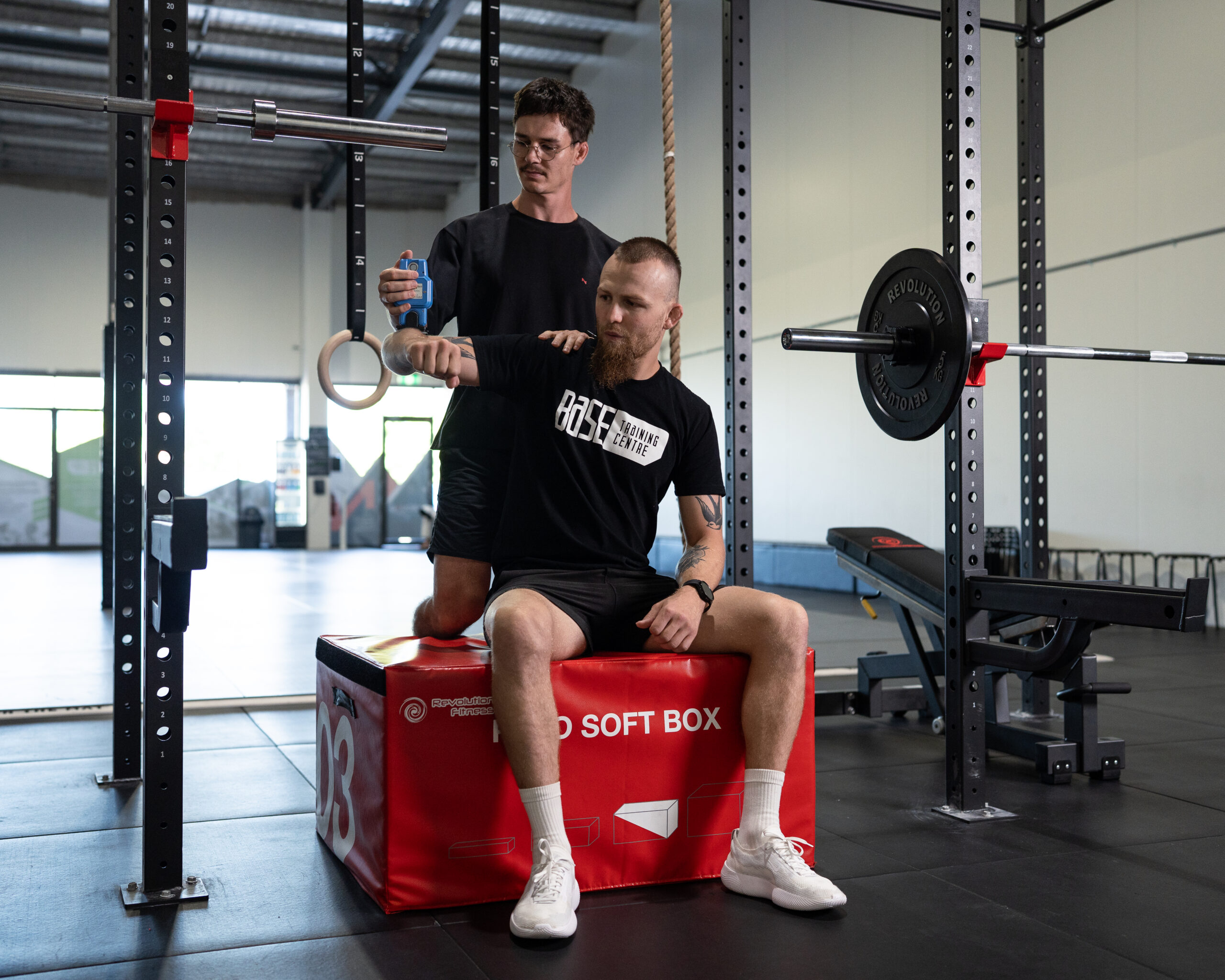
We’ll help you understand your problem, so you know exactly what to expect and what steps you need to take for recovery.
2
Plan
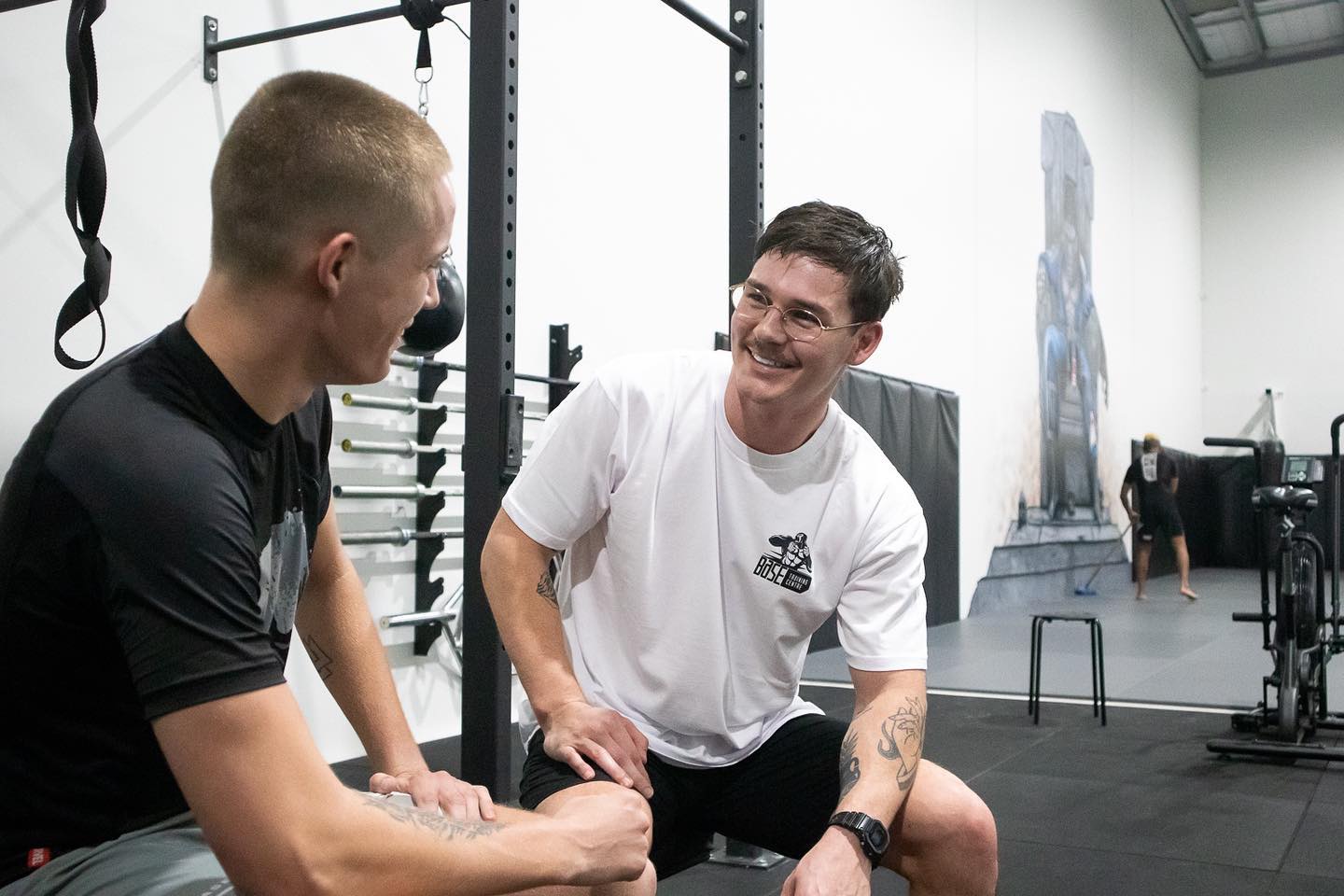
We’ll partner with you to develop a comprehensive plan of care, combining treatment and exercise to ensure recovery and lasting health benefits.
3
Treat
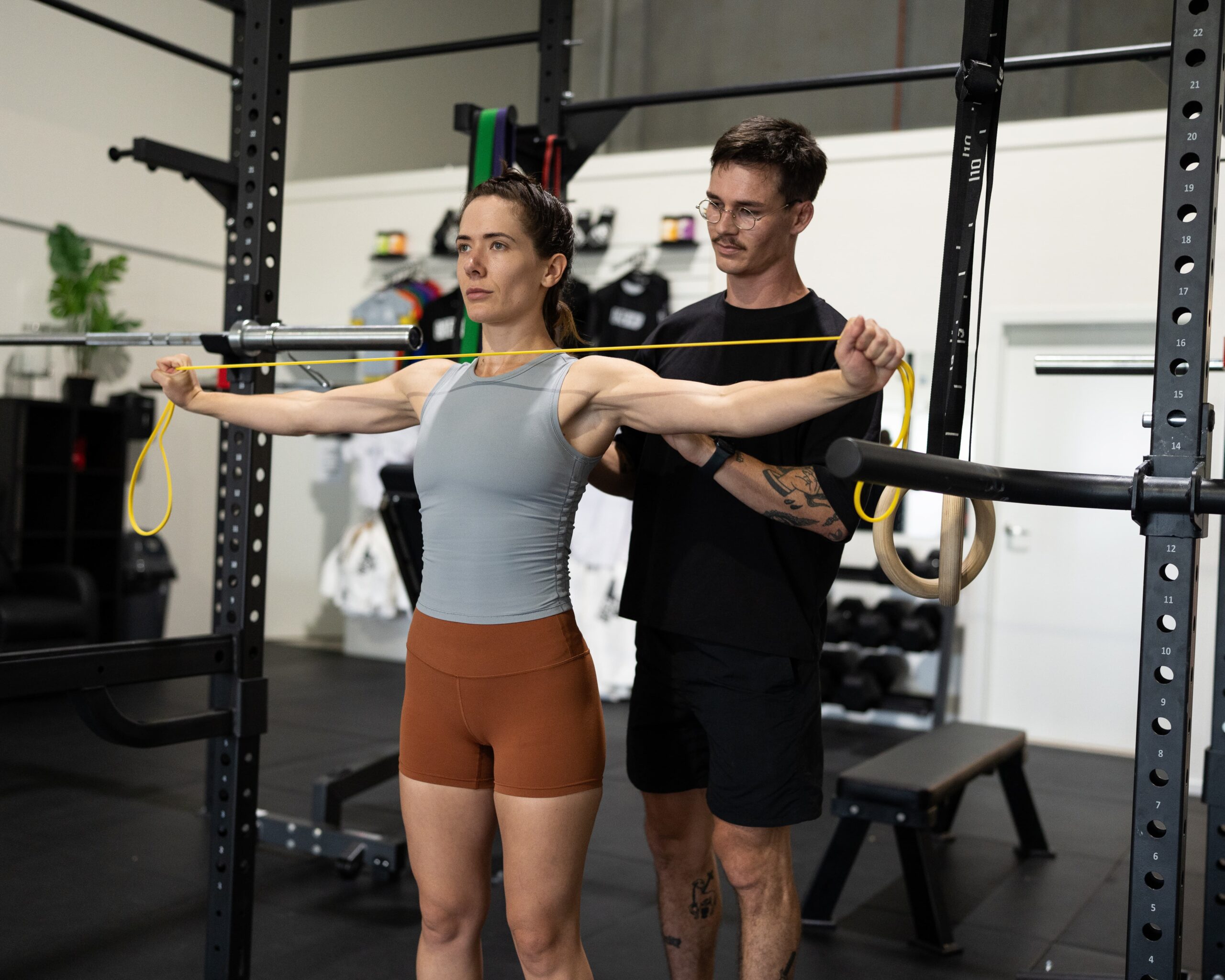
We will often use hands-on techniques, at least initially. This can help to improve pain, range of motion and swelling. We will also find tolerable loading of the injured site to prevent loss of muscle, bone and joint health and accelerate your recovery.
Conditions
Treatments
Related articles
Explore the latest trends, best practices, and industry news.
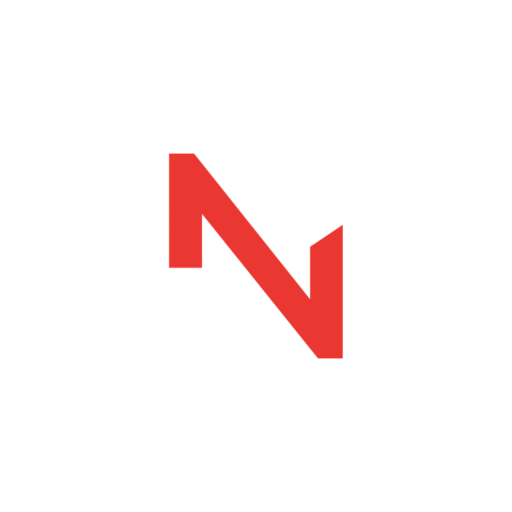
P: 1300 492 174
E: info@aboundphysio.com
F: 07 3544 3075

